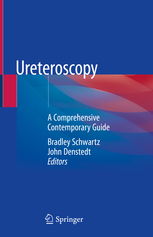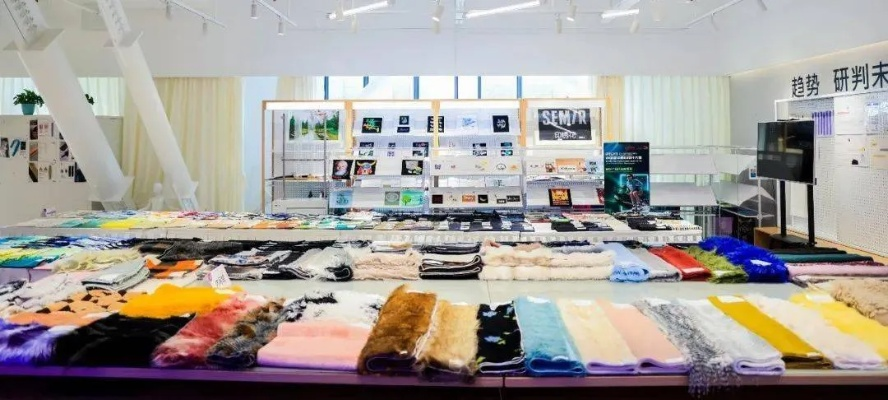A Comprehensive Guide to Textile Waste Recycling and Its Benefits
This comprehensive guide provides an in-depth exploration of textile waste recycling and its numerous benefits. It covers the various methods of recycling used in textile industries, highlighting the importance of proper disposal to prevent environmental harm. The guide also discusses the potential economic advantages of recycling textiles, including cost savings for businesses and reduced waste management costs. Additionally, it explores the social and environmental benefits of recycling textiles, emphasizing the positive impact on both society and the environment. Overall, this guide aims to educate readers about the importance of textile waste recycling and its role in promoting sustainable practices.
Introduction Textile waste, a significant contributor to environmental pollution, poses a challenge to sustainable development. The textile industry generates a substantial amount of textile waste annually, which if not properly managed can lead to landfill expansion, soil contamination, and water pollution. However, with proper recycling and reuse strategies, textile waste can be transformed into valuable resources, reducing the demand for virgin materials and mitigating environmental impacts. This guide aims to explore the various methods of textile waste recycling, their advantages, and how they can contribute to a circular economy.

Methods of Textile Waste Recycling
-
Recycled Dyeing: This method involves using recycled textile scraps as raw material for dyeing new fabrics. It reduces the need for virgin fibers and is an economical way to produce new products.
-
Reclaimed Fabrics: These are used to make upholstery, curtains, or other textile items that would otherwise be discarded. They are made from old clothes, carpets, and other textile scraps.
-
Composting: In this process, textile waste is decomposed into nutrient-rich compost that can be used in gardening.
-
Fiber Recovery: This involves separating the fibers from textile scraps and converting them into usable materials like yarn or thread.
-
Energy Recovery: Some textile waste can be turned into energy through processes like thermoelectric conversion or biomass gasification.
Benefits of Textile Waste Recycling
-
Reduced Environmental Impact: By recycling textile waste, we reduce the volume of waste sent to landfills, which leads to reduced greenhouse gas emissions and soil pollution.
-
Cost-Effectiveness: Textile recycling can be cost-effective for both businesses and consumers. It saves on the costs associated with purchasing virgin materials and reduces the environmental footprint of production.
-
Resource Conservation: By recycling textile waste, we conserve resources such as water, energy, and natural resources that might otherwise be used in producing virgin fibers.
-
Empowerment of Communities: Textile recycling initiatives often involve local communities, providing opportunities for job creation and income generation.
-
Improved Quality of Life: By reducing the environmental impact of textile waste, it contributes to a healthier planet and a better quality of life for all.
Case Study: Textile Recyclers' Success Story One example of successful textile waste recycling is the operation of the Textile Recyclers Cooperative in India. The cooperative has successfully converted over 500 tons of textile scrap into high-quality yarn, which is then sold to garment manufacturers. This has not only helped alleviate the issue of textile waste but also created jobs and contributed to the local economy.
Conclusion In conclusion, textile waste recycling is not just a sustainable solution but also a practical approach to reducing environmental impact, saving costs, and empowering communities. By adopting these recycling methods, we can create a circular economy where textile waste is minimized and resources are efficiently utilized. As more people become aware of the benefits of textile recycling, we can expect to see a rise in efforts to promote and support this important practice.

随着全球纺织业的快速发展,纺织品废物的产生量日益增加,为了实现纺织品废物的有效回收利用,我们制定了一份纺织品废物回收利用方案,该方案旨在提高废旧纺织品回收利用率,减少环境污染,同时促进循环经济的发展。
目标与原则
本方案的目标是提高纺织品废物的回收利用率,减少环境污染,同时推动循环经济的发展,我们遵循以下原则:
(1)环保优先:废旧纺织品回收利用应遵循环保原则,确保处理过程对环境的影响最小化。
(2)科学分类与处理:根据废旧纺织品的种类和性质,采用科学分类和高效处理技术。
(3)市场导向:充分利用市场机制,推动废旧纺织品回收利用产业的发展。
回收渠道与方式
(1)社区回收:在社区设立专门的废旧纺织品回收点,鼓励居民将废旧纺织品投放其中。
(2)专业机构回收:建立专业的纺织品废旧回收公司,负责收集和处理各类废旧纺织品。
(3)线上平台回收:利用互联网技术,建立线上纺织品废旧回收平台,方便居民在线下单回收。
资源化利用途径
(1)再生纤维生产:将废旧纺织品进行再生纤维生产,用于制作新的纺织品。
(2)纺织材料再利用:将废旧纺织品进行再加工,制成新的服装、家居用品等。
(3)生物质能源利用:将废旧纺织品进行生物质能源利用,如制作生物质燃料等。
政策与资金支持

(1)政策支持:政府应制定相关政策,鼓励和支持纺织品废物的回收利用。
(2)资金支持:设立专项资金,用于支持纺织品废物的回收利用项目。
案例分析
为了更好地实施该方案,我们选取了一些成功的案例进行说明,某地区设立了专门的废旧纺织品回收点,居民可以将废旧纺织品投放其中,经过专业机构的有效处理后,实现了废旧纺织品的资源化利用,还有一些其他地区的成功案例,如建立线上纺织品废旧回收平台,方便居民在线下单回收,这些案例的成功实施,不仅提高了废旧纺织品的回收利用率,同时也推动了循环经济的发展。
实施步骤
-
宣传推广:通过各种渠道宣传推广该方案,提高公众对废旧纺织品回收利用的认识和重视程度。
-
建立回收渠道:在社区、专业机构、线上平台等建立专门的废旧纺织品回收渠道。
-
开展培训与指导:对相关人员进行培训与指导,提高他们的回收和处理能力。
-
实施回收处理:根据实际情况,采取不同的回收处理方式,实现废旧纺织品的资源化利用。
-
监测评估:对回收处理过程进行监测评估,确保处理过程符合相关标准和要求。
结论与建议
本纺织品废物回收利用方案旨在提高废旧纺织品回收利用率,减少环境污染,同时推动循环经济的发展,在实施过程中,我们应该注重环保优先、科学分类与处理、市场导向等原则,同时加强政策与资金支持,鼓励和支持纺织品废物的回收利用,我们还可以通过案例分析等方式,更好地实施该方案,我们建议相关部门和企业应该加强合作,共同推动纺织品废物回收利用事业的发展。
Articles related to the knowledge points of this article:
Springdale Textiles:A Journey into the World of Fabric and Fashion
Healthcare Textile License:A Comprehensive Overview
A Comprehensive Guide to the Clearing Process for Textile Goods



